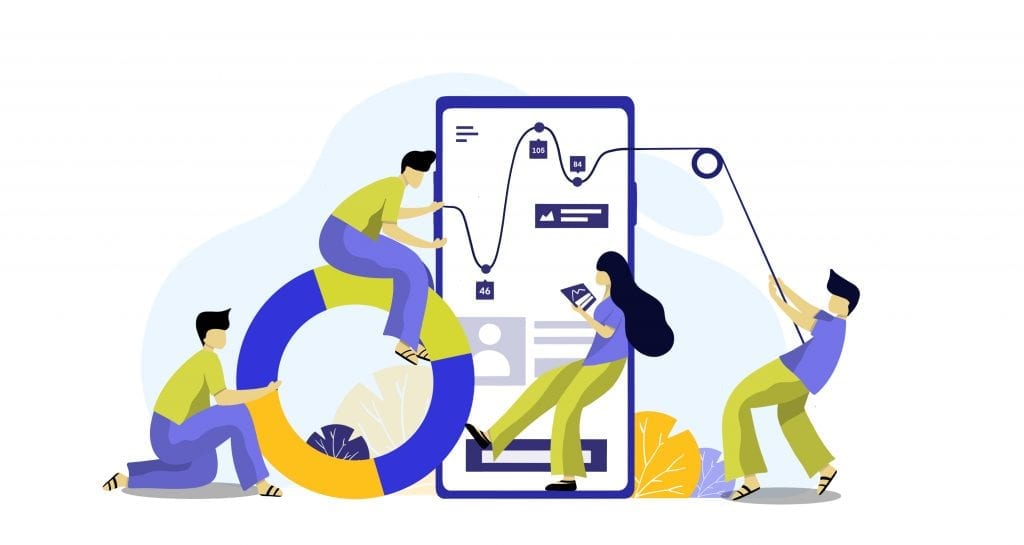Five tips for successful user testing
Everyone sees things from their own perspective. That is why it is essential to make sure users understand your service’s concept the same way you do. Testing a prototype is critical in ensuring that a service can really create value for its users.
User testing unveils the blindspots that designers didn’t think through. It helps to understand which functionalities are crucial to the service and which are less important. Digital services need to be designed in an intuitive way – the last thing you want is users feeling like they are not smart enough to use your app or website.
Here are 5 testing tips. They are not concrete steps to usability testing, but they will help create a successful environment for testing a website, app or any other digital service.

Recruit people from different backgrounds
This is the most critical thing for the overall success of your testing. While you are entitled to find people that suit your user personas, you need various opinions and thoughts to achieve the best and most reliable results. Don’t be afraid to spend time recruiting your testers – value different cultures, digital nativity levels, ages, interests and professions. Keep in mind that while something might be obvious to you, it might not be obvious to your users. Try to keep your own recruiting team as diverse as possible too.
There are a bunch of good user testing platforms like UsabilityHub, Crazy Egg and Optimizely, just to name a few. Their user pools are international and diverse, which is generally a good thing. However, if your service only comes in one language, let’s say in Finnish, those platforms are not your best option.
Test the test
Sit down with a colleague who hasn’t been involved in the design sprint, and go through the whole test as it would be a real testing situation. That’s the only way to know if the questions and exercises are right. The greatest risk in user testing is always that the test is too subjective and the user’s behavior patterns and answers are guided too much during the process. When you test the test, you and your team might notice details in the test structure that can be ameliorated and made more objective.
Ask open-ended questions
Try to make your testers feel comfortable right from the start. Ask them how they’re doing, if they’ve participated in user tests before, and how they got interested in testing digital services. With the actual test questions, ask people to describe things carefully by using their own words. Questions that start with “how” are very good. Avoid questions people can simply answer “yes” or “no” to. Remind your testers that they should say anything that comes to their mind – they are not there to please you but to test the service, so encourage them to speak out all their thoughts.

Be curious
Show enthusiasm and energy. Even though you have to stay objective, you can show your eagerness to learn about the user and your interest in his/her opinions. Let the person know that you are not testing them, but the service. Even asking questions such as “How would you create this specific thing” or “What kind of functionalities would you like to see here” are helpful questions that can offer fruitful suggestions for improvement.
Stop talking
Let the testers figure out their own ways of using the service. If they are guided too much during the testing, the results won’t be reliable. Before the test starts, give the testers just enough information. Remember to let them know that they can ask questions, but you can also mention that you might not be able to answer all of them.
An extra tip: Smile! People become much more open when you seem friendly and relaxed. Happy testing!








